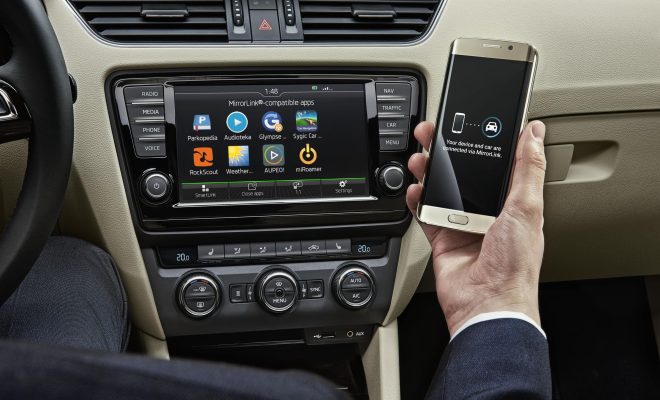Reasons Why You Should (and Shouldn’t) Dual Boot Linux

Dual booting involves running two different operating systems on one computer. This has become more popular in recent years with the rise of Linux, an open-source operating system that offers an alternative to the dominant Windows and macOS. While there are benefits to dual booting Linux, there are also drawbacks that need to be considered before making the switch.
Reasons to Dual Boot Linux:
1. Open Source: Linux is an open-source operating system, meaning that anyone can use, modify and distribute the software without restriction. This makes it more flexible and customizable than other operating systems.
2. Operating System Compatibility: Linux can run alongside Windows or macOS, which can be a huge advantage for those who need specific software or applications that are only available on one of those operating systems.
3. Security: Linux is known for its high level of security, and is often used in enterprise environments for this reason. The operating system is less prone to viruses and malware than Windows or macOS, making it a popular choice for those who value security.
4. Free: Linux is almost entirely free to use and distribute. This can be a huge cost savings for small businesses or individuals who don’t want to spend money on expensive proprietary software.
5. Performance: Linux often runs faster and more smoothly than other operating systems, meaning that tasks can be completed more quickly and efficiently.
Reasons Not to Dual Boot Linux:
1. Compatibility Issues: Dual booting can sometimes cause compatibility issues with hardware drivers or applications, meaning that certain programs or devices may not work correctly on the Linux operating system.
2. Learning Curve: Because Linux is a different operating system, it can have a steep learning curve for those who are not familiar with its commands, terminal interface, or software installation process.
3. Limited Program Availability: While Linux has a growing number of compatible software programs, it still has fewer options than Windows or macOS. Some applications may not be available on Linux at all.
4. Support: Linux does not have the same level of support as other operating systems, which can make it difficult to find answers to technical questions or resolve problems.
5. Risk of Data Loss: Dual booting can put data at risk, especially if users are not familiar with the proper steps for partitioning and installing the two operating systems. If something goes wrong during the installation process, there is a risk of losing data permanently.
In conclusion, deciding whether to dual boot Linux depends largely on personal preference and the intended use of the computer. While Linux has many advantages in terms of customization, security, and performance, it also has some drawbacks in terms of compatibility and support. When considering dual booting, it is important to do research, consult a professional, and weigh the advantages and disadvantages before making the switch.






